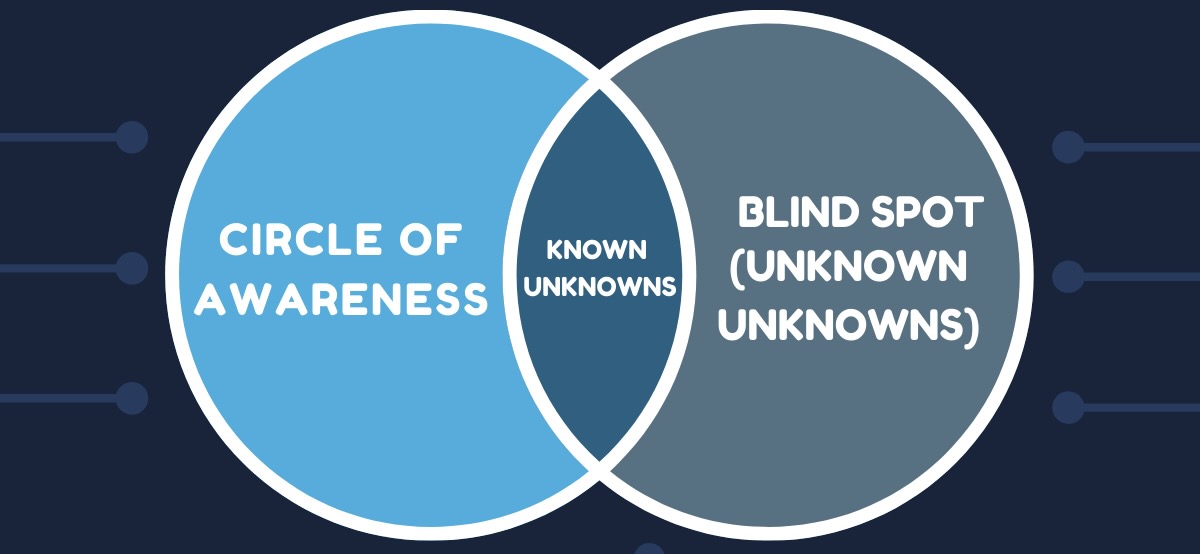If you can’t see it, is it really there? We should never have to ask that question when it comes to physical security. What we can’t see has the potential to pose the most serious threat of all when it comes to securing a facility and keeping people safe. This important fact should be front and center in all security training. We need to identify the gaps, holes and blind spots in physical security from the get go.
Extrapolation/Interpolation
I love math – the power of being able to understand space and time, to understand the world beyond a limited amount of data. What does this have to do with security? It relates to the classic wall of screens in a control room. The first time I saw such a wall in a command center, I was struck by the lack of spatial context. I had no idea where one video feed was in the real world relative to the screen beside it.
I was a bit awestruck that I couldn’t understand what I was looking at and had nothing but admiration for the operators. Surely the security operators knew the entire facility so well that for them it wasn’t the jigsaw puzzle thrown against a wall – which is what it looked like for me. It had to be the case that for them it was an orderly 3 dimensional image that they could ‘see’ due to their training and experience. It was really impressive.
Known Unknowns
Further, I imagined that if there were areas of the building or site that weren’t covered by the cameras, these highly trained men and women knew where they were. Surely they had already identified the holes, gaps and blind spots in their security. I postulated this with a high degree of confidence. Why did I think that? What was it based on, you ask? Extrapolation and interpolation. In math, we use equations to find things well beyond our data set, or to find a specific point that is within the bounds of our data but not tested. Human brains are the best computers on earth, I said to myself. If we have the right equations, ask the right questions,, no doubt our brains ‘red flag’ what is missing so we can act accordingly.
Unknown Unknowns
Boy was I wrong. All of my assumptions were flat out wrong. That is not what happens. A quick search of the literature reveals that the opposite happens: our brains actively hide the blind spots from us. Yep, that’s right. Our amazing brains don’t like visual gaps. So what happens? Our brains ‘fill in’ those gaps and we can’t see them. Our brains actively hide the holes, gaps and blind spots in physical security. This is a potentially big problem. Especially in those not so infrequent instances, even more common as of late, that the operator is new or inexperienced in a particular facility.
We’ve been learning to look through our eyes since we were born. We have, very effectively, trained our brains to see and comprehend the world in a certain way. But when we walk into a traditional command and control room, we are looking at a world our brain is not designed to understand. This presents a real challenge and an important aspect of training for security staff. It begs the question: is this the right way to secure our facilities and our people? Is there a better way?
We think so. Security is best served by building tools that humans can readily use. We need to reduce the gaps and blind spots in physical security. Read more about why Liquid360 is different.

